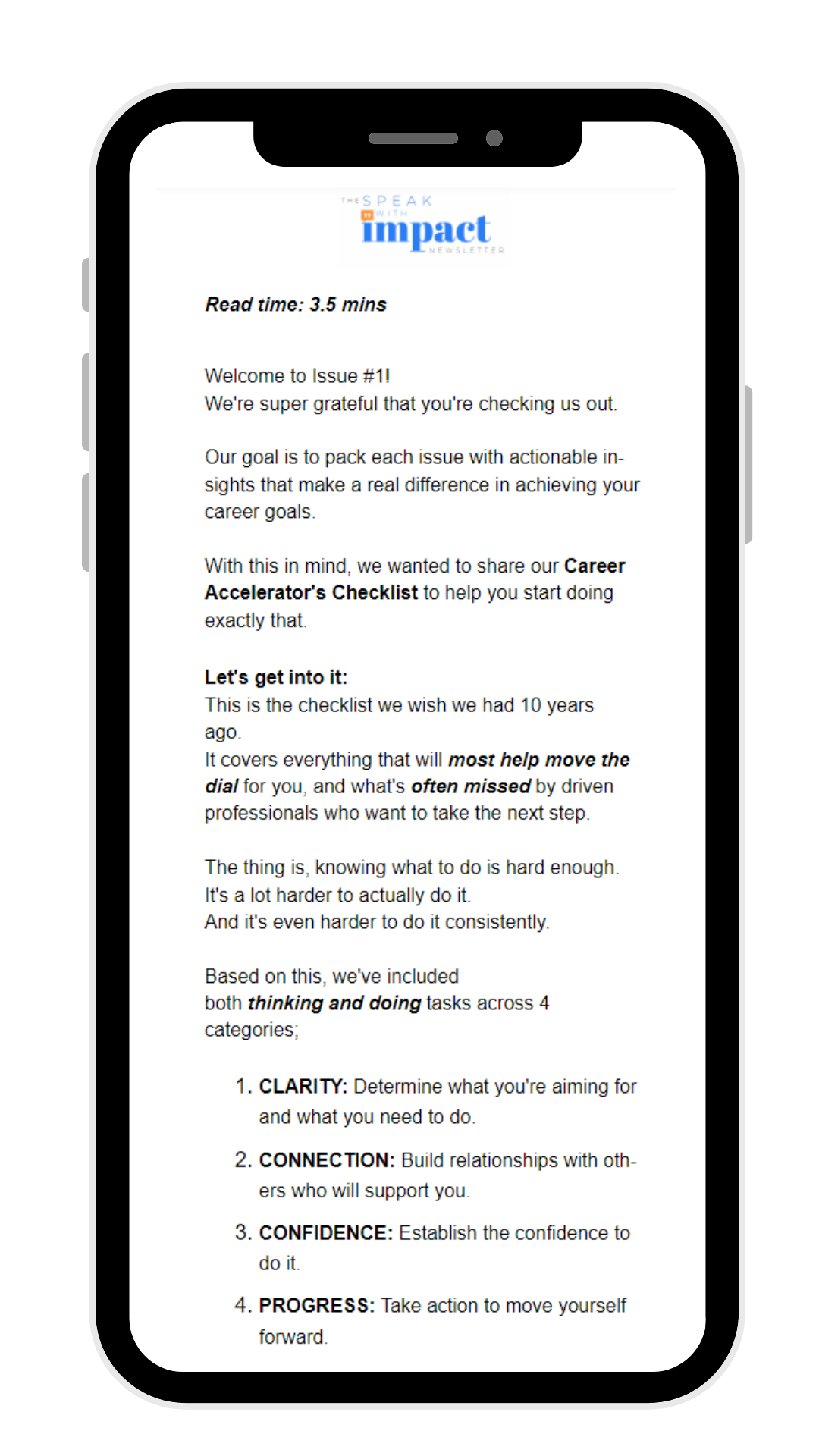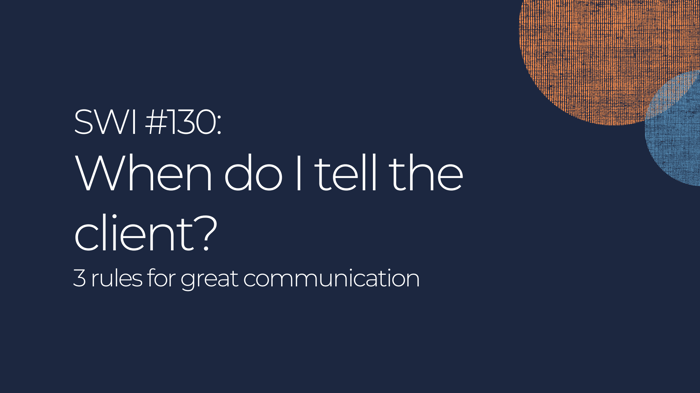Read time: 2 mins
One of the most common challenges we see in small businesses is knowing when and how to communicate with customers.
Do you send constant updates or wait until there’s news?
Do you explain delays right away or try to solve the problem first?
Do you write long emails or keep it short?
There’s no perfect answer.
But great communication isn’t about doing it perfectly.
It’s about setting clear expectations, following through, and handling the awkward stuff before it becomes a problem.
So today, we're sharing 3 simple rules we give our clients to help improve customer communication and reduce friction.
3 RULES FOR GREAT CLIENT COMMUNICATION
1. Set expectations up front
The best time to create great communication is before the work begins.
That means:
- Get clear on what they expect
- Be clear on what you deliver
- Talk about what kind of communication works best for them
Ask simple but powerful questions like:
- “What kind of updates would you find helpful?”
- “Do you prefer a weekly summary or ongoing check-ins?”
- “Is there anything that usually frustrates you during projects like this?”
Then, follow through.
Don’t promise daily emails if you hate writing them.
But do create a system that feels easy and consistent, so your clients feel informed and confident.
2. Don’t shy away from the hard stuff
It’s easy to want to “wait a bit longer” before telling a client something’s gone wrong.
But delay rarely helps.
It usually creates more anxiety, more confusion, and a bigger trust gap.
Instead, get ahead of the problem.
If something changes, own it.
Tell the client what’s happened, what you’re doing to fix it, and when they’ll hear from you next.
Even better, set that expectation at the beginning.
Say something like:
"If anything doesn’t go to plan, we’ll let you know right away and keep you updated as we work through it."
That way, when it happens, they’re not shocked. They’re impressed by your transparency.
3. Build in wiggle room, and use it when you need to
Things don’t always go to plan.
Projects take longer. Clients change direction. New challenges pop up.
If you’ve priced or promised in a way that leaves no room to move, you’ll feel backed into a corner.
That’s when communication breaks down.
So give yourself some breathing space.
That might mean:
- Pricing with a small buffer built in
- Having a clause in your scope about changes or delays
- Giving realistic timelines and then updating them if needed
When you do need to go back and reset expectations, be clear and calm:
"Here’s what’s changed. Here’s how it affects the timeline or scope. And here’s what I suggest we do next."
Most clients are understanding, as long as you don’t spring it on them last minute.
Bottom line:
Good communication is less about style and more about systems.
Make it easier for your clients to know what’s going on.
Make it easier for you to stay in control.
And make it easier for both of you to work through the inevitable ups and downs of doing great work.
And if you want help setting up client communication systems that feel clear, consistent, and human?
Get in touch, we're here for you.
Speak soon,
Lynne and Steve
TLDR:
- Not sure when or how often to update clients? You’re not alone.
- Great communication starts with clear expectations and consistent follow-through.
- Ask what your clients want. Don’t hide from the awkward updates. Build in breathing space so you can adjust when needed.
- The result? Happier clients, fewer issues, and a stronger reputation.
|


.png)